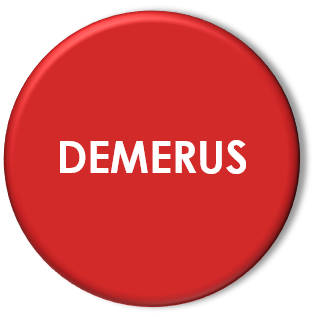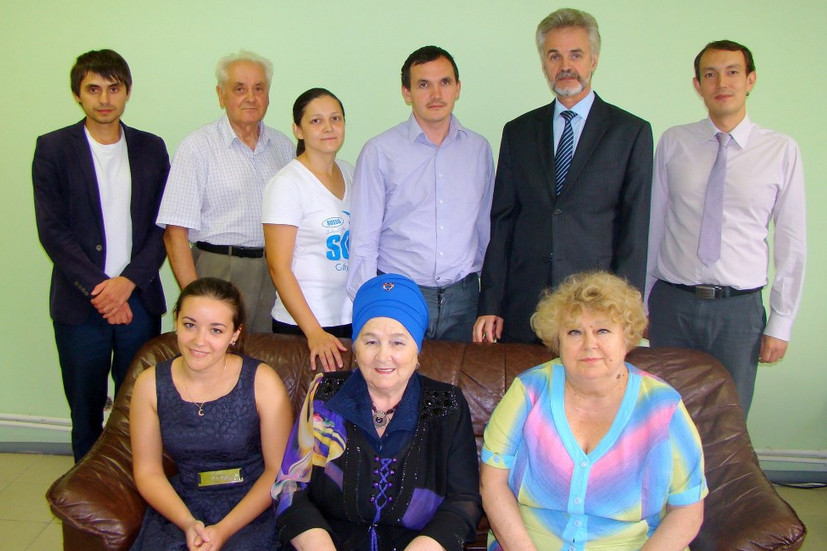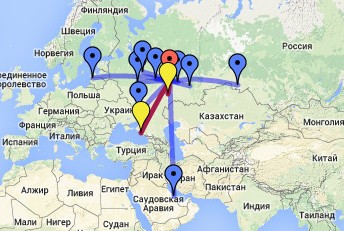HETEROGENEOUS PHTHALOCYANINE CATALYST FOR LIQUID-PHASE OXIDATION OF SODIUM SULFIDE AND MERCAPTIDES
A. G. Akhmadullina, I. K. Khrushcheva, A. M. Mazgarov and N. M. Abramova
UDC 541.128.13
Oxidative detoxification of sour caustic wastes and demercaptization of light hydro¬carbon feedstocks are based on the reaction of catalytic oxidation of sodium sulfide and mercaptides by molecular oxygen. The most active and stable catalysts for the oxidation of sodium sulfide and mercaptides are phthalocyanine compounds of cobalt [1, 2], The use of homogeneous catalysts in these processes is economically infeasible, since such catalysts are consumed continuously.
Heterogeneous catalysts prepared by adsorptive impregnation of porous supports (activated carbon, alumina, bauxites, silica gel, aluminum and magnesium oxides, etc.) with solutions of phthalocyanines [3-5] are unstable in aqueous caustic media under conditions of vigorous sparging of the solution by oxygen-containing gas. Under these conditions, catalysts prepared by grafting metal phthalocyanines to a polymeric base are more stable [6-9]; however, they are not yet being used commercially, because of difficulties in preparation.
Using the principle of coloring polymers by pigments in the bulk [10], we have developed heterogeneous phthalocyanine catalysts that are distinguished by high mechanical strength and chemical resistance in aqueous caustic media. These catalysts can be prepared in the form of granules, in the same equipment used to obtain carbon black concentrates or dye concentrates in polyethylene or polypropylene production. Packing elements can be prepared from the catalyst granules in casting machines or -extruders that are installed in lines for the mass production of finished articles in the same manufacturing operations.
As the finely dispersed particles of the metallophthalocyanine are fused into the polymer, they are strongly bound to the polymeric support. Partial mechanical wear (abrasion) of the catalyst does not lower its activity in service, since the catalyst’s surface is renewed, and particles of the phthalocyanine that were formally located in the bulk polymer are now brought into service.
Laboratory samples of the heterogeneous catalysts were prepared by roll-mixing the catalytically active component with the molten polymer until a uniform mass was obtained, after which shavings with a thickness of 0.25 mm were formed. The specific surface of the catalyst was 150 cma/g.
The heterogeneous catalysts were tested for activity and stability in liquid-phase oxidation of sodium sulfide and a sodium mercaptide by molecular oxygen in a sparged all-glass batch reactor (diameter 30 mm, height 330 mm) at atmospheric pressure, temperature 40°C, and oxygen feed space velocity 30 min-1. As model solutions we used a 5% aqueous solution of NaOH with 0.1 M sodium sulfide and a 15% aqueous solution of NaOH with 0.65 M sodium n-butyl mercaptide. The solution/catalyst ratio was 5:1, the total catalyst surface area was 1500 cm2, and the oxidation time was 30 min. The content of sodium sulfide or mercaptide in the solution to be oxidized was determined potentiometrically (GOST [All-Union State Standard] 22985-78).
It was established that in the preparation of the heterogeneous catalysts, it is best to use only water-insoluble metallophthalocyanines and plastic polymers.
When electron-acceptor substituents such as —CI or —CH2C1, or electron-donor substituents such as —C(CR3)3, are introduced into the benzene ring of cobalt phthalocyanine, the level of catalytic activity of the heterogeneous catalysts is raised. However, in view of the availability of the unsubstituted cobalt phthalocyanine (it is produced at the M. V. Frunze Zavol’zhe Chemical Plant), it can be recommended for use as the catalytic compo¬nent of the commercial sulfur removal catalyst KS-1.
The nature of the polymer that is used has practically no effect on the activity of the heterogeneous catalysts. The selection of the polymer is determined mainly by the temperatures encountered in the sulfur removal process, so as not to exceed the maximum allowable working temperature of the polymer. The activity of the heterogeneous catalysts increases with increasing content of the catalytically active component in the polymer. However, if the content is greater than 20% by weight, the mechanical strength of the catalyst is much lower, as it is much brittle.
A catalyst based on polyethylene with 20% cobalt phthalocyanine by weight has shown high stability in the oxidation of sodium sulfide and mercaptides in 5-15% solutions over a period of 300 h. In pilot-plant tests on a catalyst based on polyethylene with 10% cobalt phthalocyanine by weight, it was established that for the oxidative detoxification of concentrated sour caustic wastes from the Tuapse Petroleum Refinery (S^ajS = 5-12% by weight, sRSNa = 1-1.5% by weight) at a temperature of 50°C, excess pressure 0.3-0.4 MPa, and an air feed linear velocity M).04 m/sec, a treating period of 5-9 h is required.
The specification TU 38.4015-82 has now been developed, and experimental batches of the KS-1 catalyst conforming to this specification have been produced at the Moscow Petroleum Refinery and at the Industrial Association “Salavatnefteorgsintez.” The cost per metric ton of the KS-1 catalyst in the form of granules is 2989 rubles, and in the form of Pall rings 4500 rubles. Processes using this catalyst have been developed for the deodorization and detoxification of sour caustic wastes, as well as a process for the demercaptization of a light hydrocarbon feedstock.
LITERATURE
1. V. F. Borodkin, V. E. Maizlish, V. A. Fomin, et al., Izv. Vyssh. Uchebn. Zaved., Khim. Khim. Tekhnol., 2?, No. 4, 413 (1979).
2. N. N. Kundo and N. N. Keier, Kinet. Katal., 11, No. 1, 91 (1970).
3. Brit. Pat. 1,337,497.
4. USSR Pat. 355,805.
5. Swiss Pat. 414,903.
6. A. Ya. Yuffa and G. V. Lisichkin, Usp. Khim., 47., No. 8, 1414 (1978).
7. J. E. Zwart, J. Mol. Catal., 3_, No. 1-3, 151 (1977).
8. T. A. M. Maas, M. Kuijer, and J. Zwart, J. Chem. Soc., Chem. Commun., 2» 86 (1976).
9. J. H. Schutten and J. Zwart, J. Mol. Catal., 5>, No. 2, 109 (1979).
10. USSR Inventor’s Certificate 1,041,142.





